
A dephytylase involved in chlorophyll turnover
Plant Science Research Weekly, Research0 Comments
/
Chlorophyll has an aliphatic phytol side chain that anchors it to light-harvesting complexes. During senescence, chlorophyll is degraded first by the enzymatic removal of Mg to produce pheophytin, which is dephytlated by pheophytinase. Through the identification of a mutant allele with elevated enzymatic…
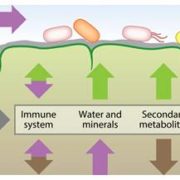
Review: The Plant Microbiota: Systems-Level Insights and Perspectives ($)
Plant Science Research Weekly, ResearchTerrestrial plants are hosts to diverse types of microbes, predominantly bacteria, that affect plant health and growth in numerous ways. The major types of plant microbiota include plant pathogens, arbuscular mycorrhizal (AM) fungi, endophytes (residing within plant tissues), epiphytes (residing on plant…
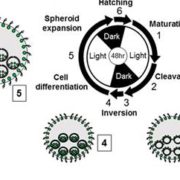
Review: Volvox as a developmental model
Plant Science Research Weekly, ResearchMatt and Umen introduce the multicellular green alga Volvox carteri as a model for developmental studies. They provide an overview of embryonic patterning including the role of asymmetric cell divisions, inversion, (a process with some similarities to vertebrate gastrulation), and the role of cell size…

Review: Competence to flower
Plant Science Research Weekly, ResearchThe transition between vegetative and reproductive stages in the plant life cycle implies a change in the developmental program of the shoot apical meristem to stop developing leaves and start developing floral buds. The factors that allow this transition to happen are many and the underlying mechanisms…

It was a Great, Green Year: Identification of a Chlorophyll Dephytylase That Functions in Chlorophyll Turnover
Research, The Plant Cell, The Plant Cell: In BriefIN BRIEF by Jennifer Mach [email protected]
Green may have been the Pantone Color of the Year for 2013 (http://www.pantone.com/color-of-the-year-2013), but 2016 was a great year for papers on chlorophyll research, at The Plant Cell and beyond. In this year, we saw a pile of interesting papers examining…
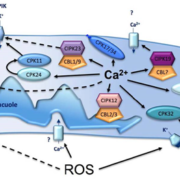
Previewing Pollen Biology special issue of Plant Physiology
Plant Science Research Weekly, ResearchIn Plant Physiology Preview you can get a head start on reading the excellent set of articles from a forthcoming special issue on Pollen Biology. Updates and research articles cover all aspects of this crucial part of reproductive biology, from the complex cell biology that underpins polar growth of…
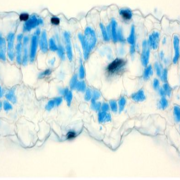
Best of 2016: Top Topics in The Plant Cell journal
Blog, Research, Research Blog, The Plant CellWe’ve highlighted some of the Plant Cell papers that were widely shared, liked, blogged, retweeted and otherwise garnered high-levels of attention this year. Perhaps you can use some holiday-season quiet time to catch up on those you missed.
Reviews and Perspectives
Creating order from chaos: epigenome…
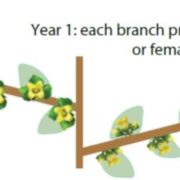
The Power of Plasticity in Polyploid Persimmon
Research, The Plant Cell, The Plant Cell: In BriefIN BRIEF by Jennifer Lockhart [email protected]
Most plants are hermaphrodites, producing perfect flowers with both male and female functions. In roughly 6% of plants, however, male (usually XY) plants produce only male flowers and female (XX) plants produce only female flowers. These dioecious plants…
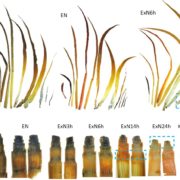
Best of 2016: Top Topics in Plant Physiology jounal
Blog, Research, Research Blog
We’ve highlighted some of the Plant Physiology papers that were widely shared, liked, blogged, retweeted and otherwise garnered high-levels of attention this year. Perhaps you can use some of that holiday-season quiet time to catch up on those you missed.
The breakaway attention-getter from Plant…

